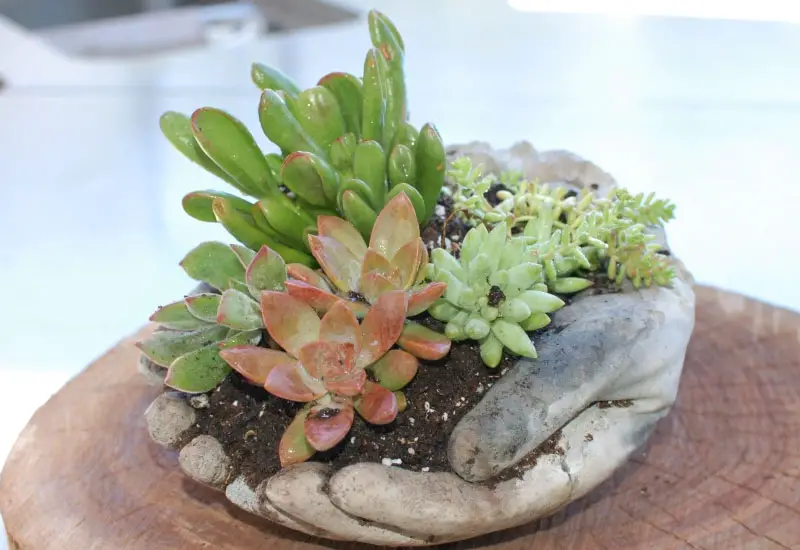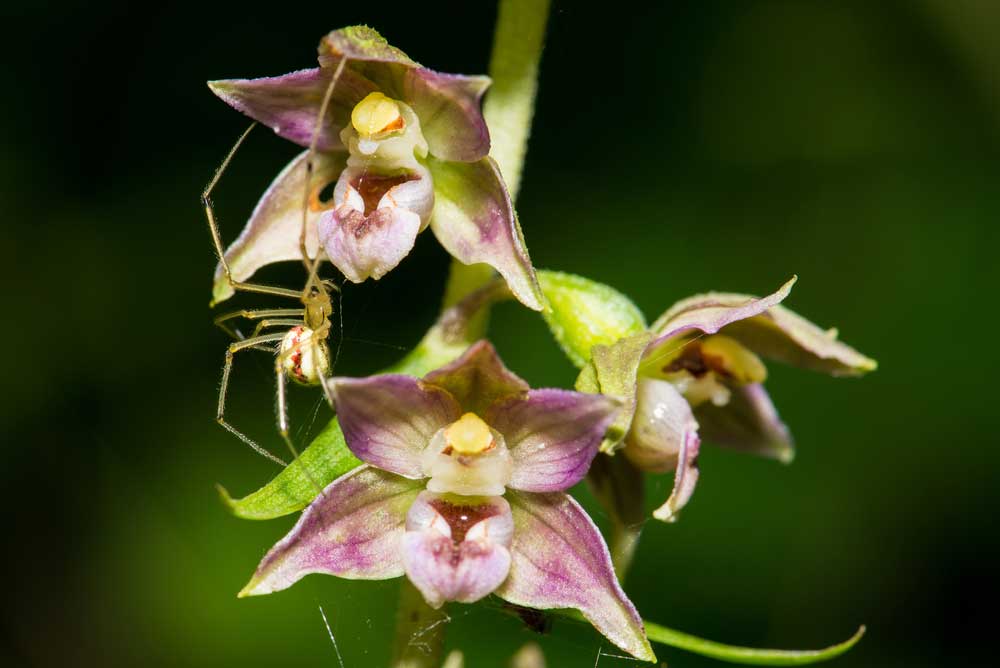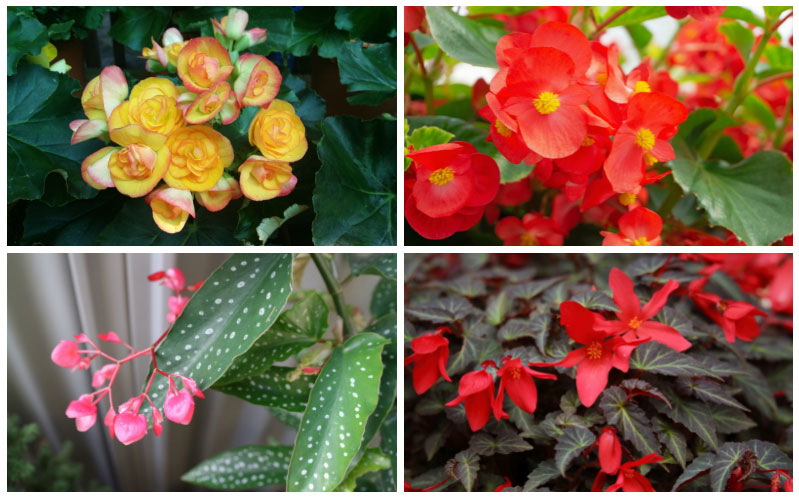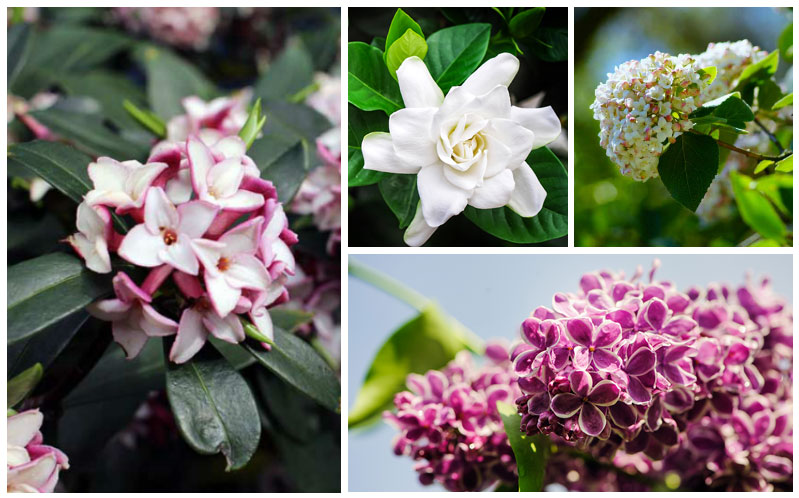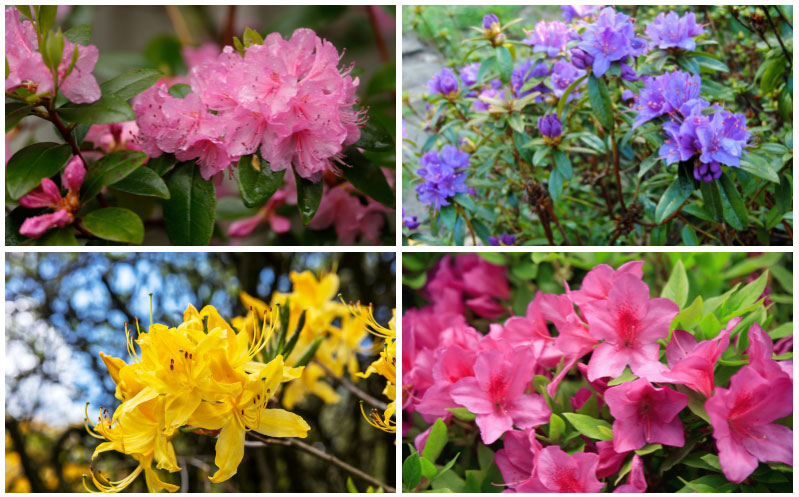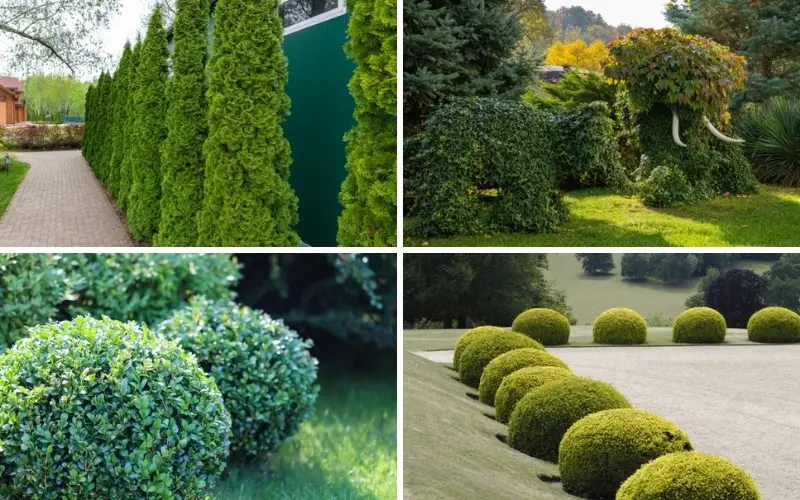
Many gardeners have perfected the art of shearing shrubs and bushes to decorate their lawns and gardens. To get the art of shearing down, you need topiary plants to grow and shape.
Depending on your growing skills, and greenery preference, you may want different topiary plants from other gardeners and growers.
Here are a few suggestions to get you started on growing your topiary.
Boxwood Bushes
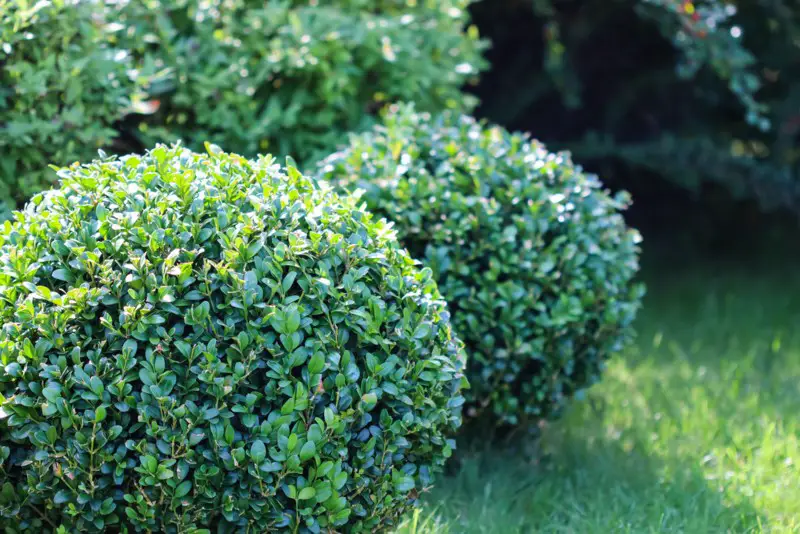
These evergreen bushes are a classic for all topiary plant lovers. Boxwood Bushes can grow anywhere from one foot in height to 20 feet tall, so they are sure to add dimension to your flower beds.
During the springtime, you might spot a few yellow flowers on your Boxwood Bushes, but these are normal. Your Boxwood can tolerate full sun but does best in partial shade.
Pruning should be done in the late spring and summer for the most growth and should be avoided in the fall and winter.
Lavender Trees

Traditionally lavender is used aromatically or in small batches. But if you grow it larger, it works as a topiary plant.
The splash of color from your lavender will add something a little different in your yard or garden from other traditional topiary plants. While you can plant these sparingly in your garden, they can grow as large as a tree.
The more that these plants grow, the more top-heavy they become. It’s best to use larger pots for your lavender trees. Watering practices for your lavender would include when the top parts of your plant’s soil dry out. Because the tree is in a container, it can be easy to overwater your plant.
Ivy
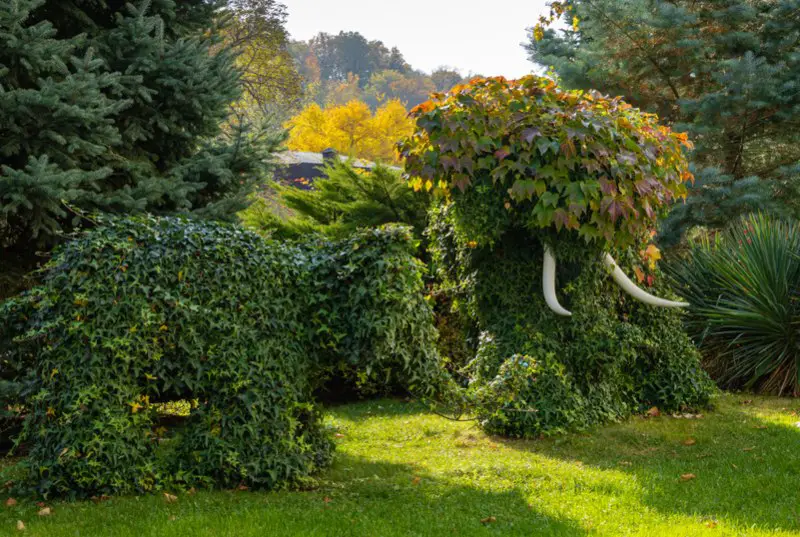
Ivy is well known for decorated walls with its fast-growing vines. Ivy is best grown in the fall, although it quickly grows regardless of the season. However, be cautious of where you plant it, as it can be invasive and steal nutrients from other plants.
Ivy does well in partial shade to full sun, meaning you can plant it just about anywhere. If you have any four-legged friends, be mindful of your planting as it is toxic to cats and dogs. This plant can be sensitive to overwatering, so let your soil dry out a little bit before giving it a drink.
Laurel Plant
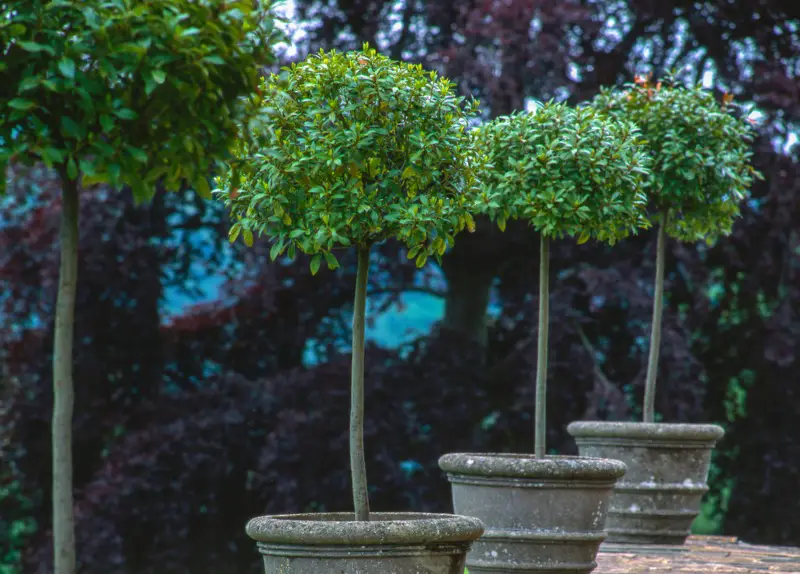
This fast-growing shrub can reach up to 30 feet in height if you’re looking for a tall standing topiary plant. The best time to prune and cut back your Laurel is during both the spring and fall.
A fun fact about the laurel plant is that it acts as an excellent sound barrier if you need to do some soundproofing. Place this outside a bedroom window to block out the outside world. The evergreen shrub will absorb the sound around it.
Privet Shrubs
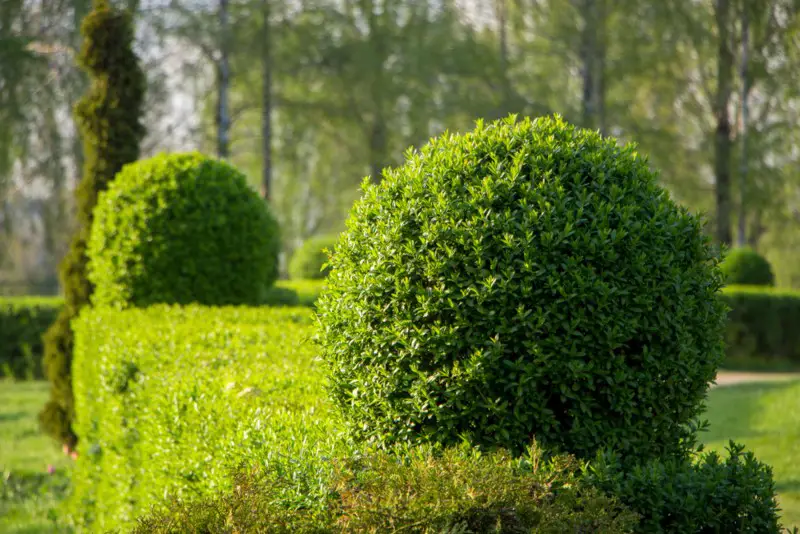
Another classic topiary plant is the Privet. Most plants with interestingly trimmed shapes are done on this kind of shrub. This is one of the tougher topiary plants to grow, but if you love using your shears to trim, this is the plant for you.
This hedge will grow quickly, making it perfect if you are in dire need of a hedge for your yard. Once it starts growing is when you can start shaping these hedges to your liking. These shrubs do best in full sun or part sun with lots of water.
Rosemary
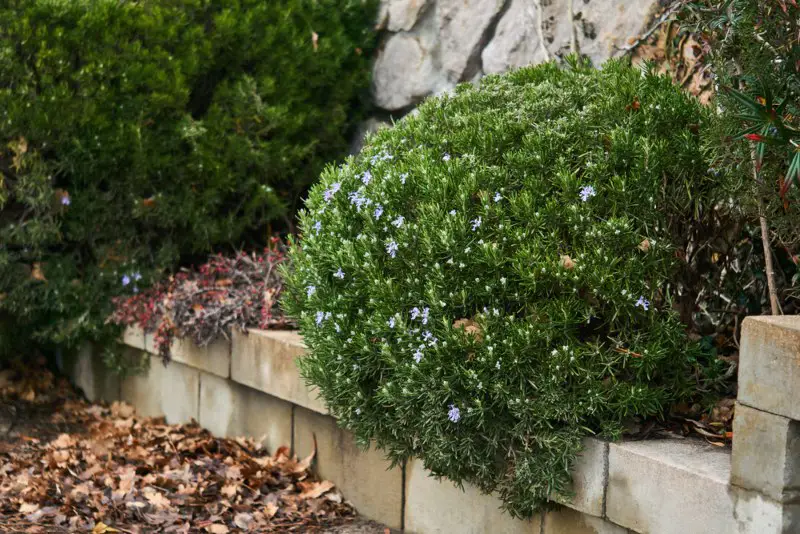
Rosemary Bushes do well with frequent trimming making them the perfect topiary plant. With blooming flowers in the spring and summer, those who love a burst of color will want to add this to their garden.
Caring for your rosemary should include some sort of sandy soil and lots of sunshine. While you can shape your rosemary to whatever shape you want, you can save the clippings for other uses, such as cooking or aromatherapy.
Yew Bushes
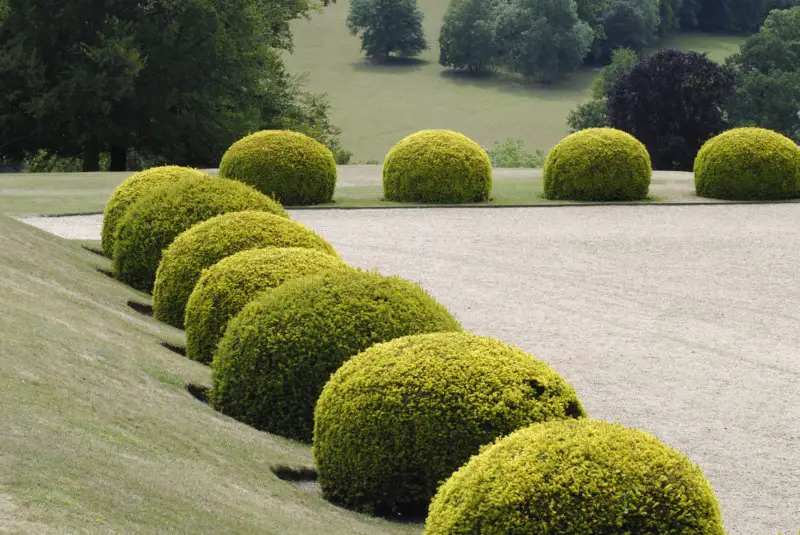
If you want to get into the sculpture building part of topiary plants, Yew Bushes are an excellent place to start. You need to start when your Yew Bush is young if you want to shape it. This will include frequent clipping and snipping to your young plant.
The Yew Bush will produce a red berry because it is a conifer, but these are poisonous to humans and animals. These bushes do well in all kinds of light but will not grow as lush if they are planted in a heavily shaded area. During the first year of plant growth, you should frequently be watering your plant.
Cypress Bush
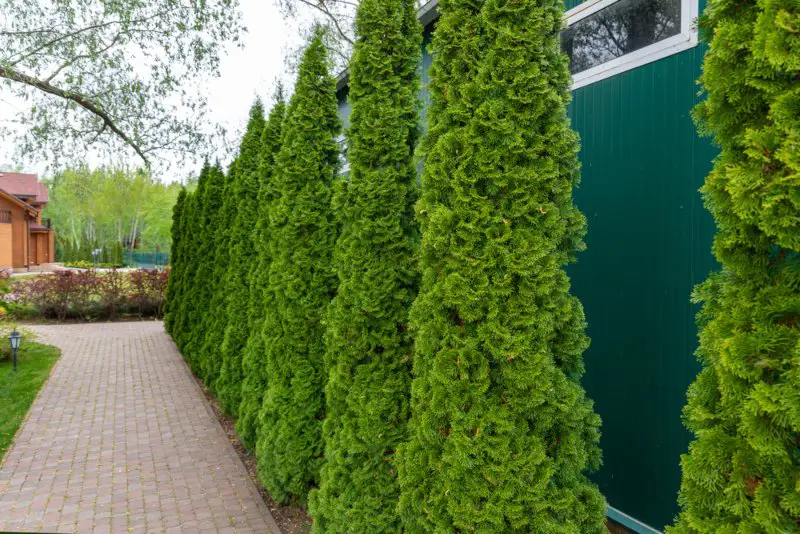
The cypress bush needs full sun or at least 8 hours of sun exposure to thrive. Before planting this bush, you should pick a sunny spot for your new topiary plant.
Watering this bush should be done mainly in the spring and the fall. This is done before they start their spring growing and before the hibernation period during the fall and winter.
If you don’t have a green thumb but still enjoy the look and aesthetic of the Cypress, there are some great greenery options that you don’t have to worry about overwatering or underwatering.
Dwarf Alberta Spruce
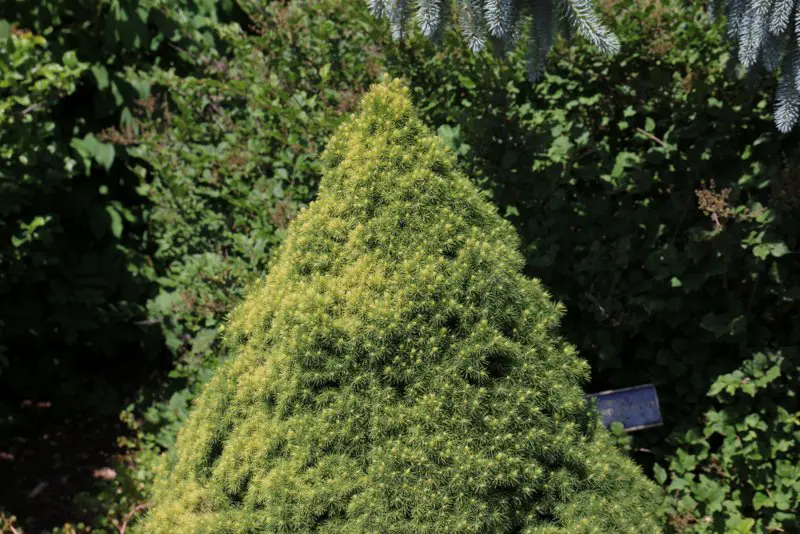
This evergreen is well known in the growing community for its relation to other spruces that can grow like crazy. Unlike other spruces, this one will not produce cones and is non-flowering. The Dwarf Alberta grows fairly slowly, so you’ll have to be patient with it.
The Dwarf Alberta does best in full sun with little to no shade throughout the day. Pruning should be done in the late winter and early spring when there is new growth, but only when your spruce reaches a bigger size from where it starts.
These spruces will quickly outgrow any small space, so make sure to prepare a large area for it to grow into.
Japanese Holly Plant

If you enjoy the idea of topiary plants but aren’t willing to commit to all of the care and maintenance for it, the Japanese Holly Plant is the perfect solution. This topiary plant requires little care, and during the springs and summers, you’ll be able to enjoy the berries that grow off this plant.
Pruning is essential for growth for all plants, but especially for the Japanese Holly. You’ll want this rounded bush to keep growing, and this is the best way to ensure a pretty plant. You can cut back your holly plant any time of the year, making it one of the easier topiary plants to care for.

